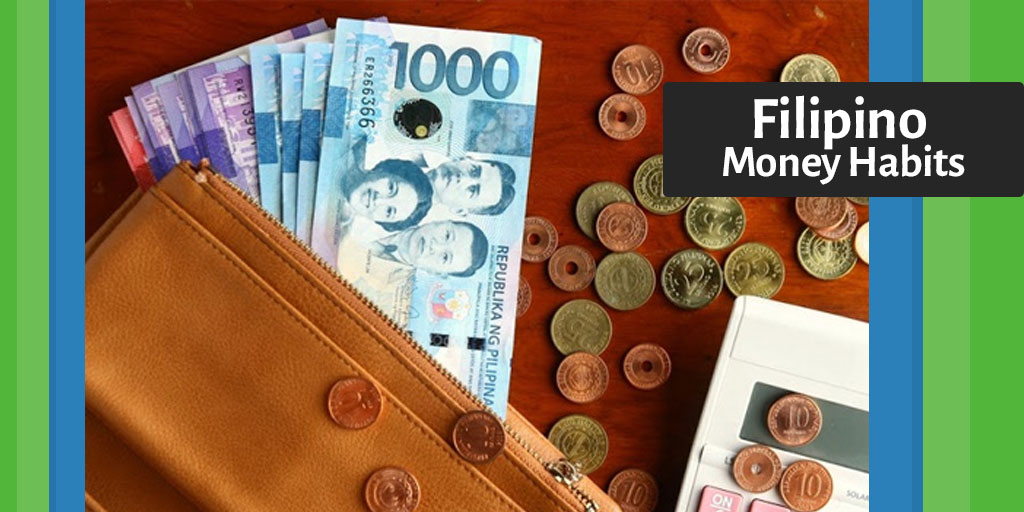July 2, 2025
Golden Anniversary Promo

In the vibrant tapestry of Filipino culture, lending practices are not just transactions but reflections of deeply ingrained social values and norms. From the concept of "bayanihan" to the importance of family ties, lending habits in the Philippines offer a unique glimpse into the heart of the community.
One of the most distinctive aspects of Filipino lending habits is the prevalence of the "bayanihan spirit." Rooted in the tradition of communal unity and cooperation, Filipinos often come together to support one another in times of need. This spirit extends to lending money, where individuals willingly offer financial assistance to friends, neighbors, and even strangers without expecting immediate repayment. It's a demonstration of solidarity and empathy that transcends mere financial transactions.
Central to Filipino lending practices is the notion of "utang na loob" or the "debt of gratitude." In a culture that places a high value on relationships and reciprocity, borrowing money is often seen as an opportunity to strengthen bonds and express gratitude. However, this sense of indebtedness can also create complex dynamics, as borrowers may feel a profound obligation to repay the favor, sometimes at the expense of their own financial well-being.
Within Filipino families, lending is not just a matter of financial assistance but a demonstration of love and support. Parents, siblings, and even distant relatives often lend money to each other without hesitation, prioritizing family ties above financial gain. This familial solidarity fosters a sense of security and belonging, reinforcing the importance of kinship in Filipino society.
While lending in the Philippines often occurs through informal agreements and verbal contracts, trust plays a crucial role in ensuring the integrity of these transactions. Written contracts are rare, as Filipinos place greater emphasis on personal relationships and mutual understanding. This reliance on trust can sometimes lead to challenges, particularly when it comes to recovering borrowed money or resolving disputes.
Despite the cultural richness and generosity embedded in Filipino lending practices, there are also inherent risks and complexities. The reluctance to confront borrowers who fail to repay their debts can strain relationships and create tensions within communities. Moreover, the stigma associated with being unable to fulfill financial obligations can weigh heavily on borrowers, leading to feelings of shame and embarrassment.
In essence, Filipino lending habits offer a window into a culture defined by solidarity, reciprocity, and familial bonds. While these practices may differ from conventional lending norms, they reflect a profound commitment to community support and mutual aid. Understanding and respecting these cultural nuances is essential for fostering meaningful relationships and building bridges across diverse communities in the Philippines and beyond.